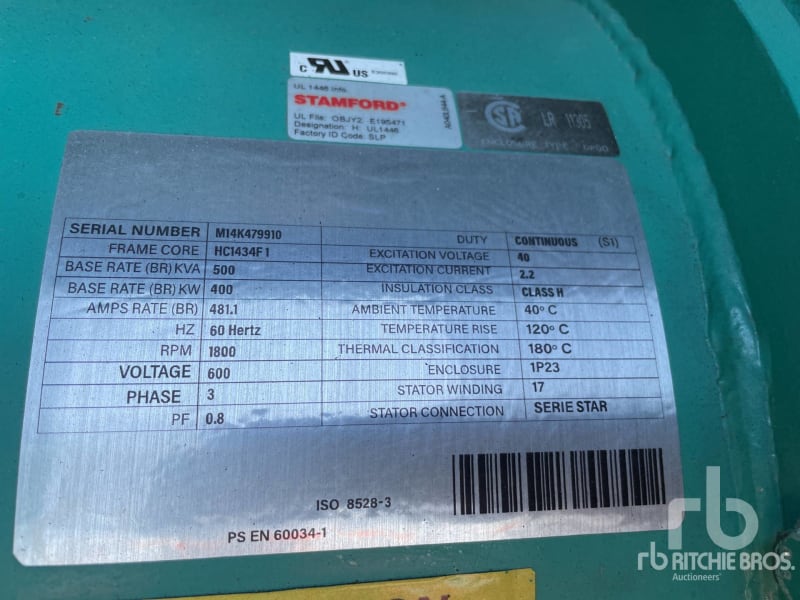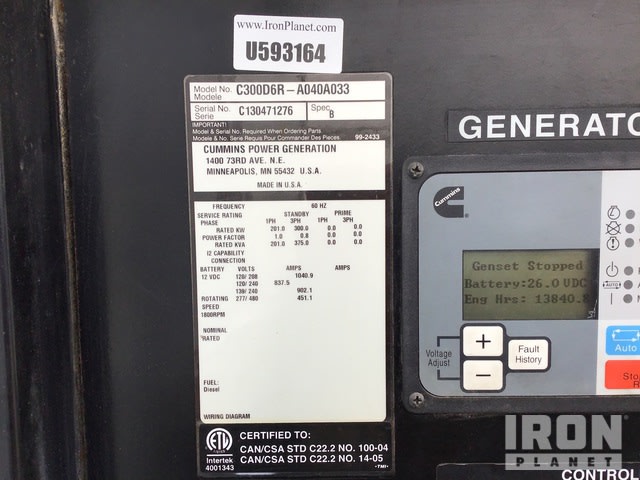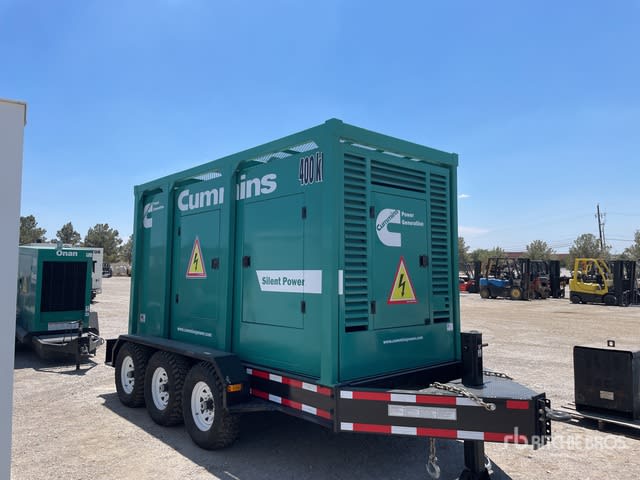Hi All
I'm looking to possilby purchase a cumming generator in auction. It has a stamford 600v alternator.
I need 3 phase 480/277v. I'm been told that its not a huge deal to get these re-strapped to run 480v.
Picture below of alternator. I also found a link tot he stamford sheet on winding and voltages which is below (this state is wired as '17' configuration.
Can anyone tell me A if possible to convert this and B what it entails and the approximate costs involved in doing so?
Just trying to make sure its doable before laying out any cash
thanks in advance



I'm looking to possilby purchase a cumming generator in auction. It has a stamford 600v alternator.
I need 3 phase 480/277v. I'm been told that its not a huge deal to get these re-strapped to run 480v.
Picture below of alternator. I also found a link tot he stamford sheet on winding and voltages which is below (this state is wired as '17' configuration.
Can anyone tell me A if possible to convert this and B what it entails and the approximate costs involved in doing so?
Just trying to make sure its doable before laying out any cash
thanks in advance



